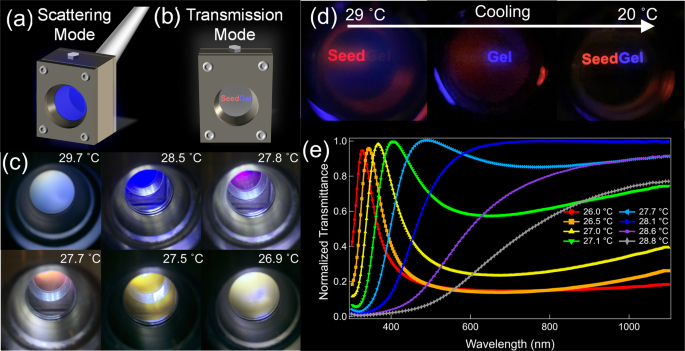2022-06-27 アメリカ国立再生可能エネルギー研究所(NREL)
これらの知見は、最も一般的なPVおよびリチウムイオン電池技術のライフサイクル(出発材料、環境への影響、耐用年数の選択肢など)を調査した3,000以上の科学文献を分析した結果、得られたものです。NRELの研究者は、循環型経済への10の可能な道筋を検討しました。その結果、PVおよびバッテリー技術の循環型経済に関する研究と実施のための重要な洞察、ギャップ、機会(現在十分に活用されていない戦略を含む)が明らかになった。
<関連情報>
- https://www.nrel.gov/news/press/2022/nrel-analysis-highlights-strategies-beyond-recycling-to-bolster-circular-economy-for-solar-and-battery-technologies.html
- https://www.tandfonline.com/doi/full/10.1080/10962247.2022.2068878
リチウムイオン電池と太陽電池モジュールの循環型経済に関する批判的レビュー – 現状、課題、および機会 A critical review of the circular economy for lithium-ion batteries and photovoltaic modules – status, challenges, and opportunities
Garvin A. Heatha ,Dwarakanath Ravikumar,Brianna Hansen & Elaine Kupets
Journal of the Air&Waste Management Association Published: 10 Jun 2022
DOI:https://doi.org/10.1080/10962247.2022.2068878

ABSTRACT
To meet net-zero emissions and cost targets for power production, recent analysis indicates that photovoltaic (PV) capacity in the United States could exceed 1 TW by 2050 alongside comparable levels of energy storage capacity, mostly from batteries. For comparison, the total U.S. utility-scale power capacity from all energy sources in 2020 was 1.2 TW, of which solar satisfied approximately 3%. With such massive scales of deployment, questions have arisen regarding issues of material supply for manufacturing, end-of-life management of technologies, environmental impacts across the life cycle, and economic costs to both individual consumers and society at large. A set of solutions to address these issues center on the development of a circular economy – shifting from a take-make-waste linear economic model to one that retains the value of materials and products as long as possible, recovering materials at end of life to recirculate back into the economy. With limited global experience, scholars and practitioners have begun to investigate circular economy pathways, focusing on applying novel technologies and analytical methods to fast-growing sectors like renewable energy. This critical review aims to synthesize the growing literature to identify key insights, gaps, and opportunities for research and implementation of a circular economy for two of the leading technologies that enable the transition to a renewable energy economy: solar PV and lithium-ion batteries (LIBs). We apply state-of-the-science systematic literature review procedures to critically analyze over 3,000 publications on the circular economy of solar PV and LIBs, categorizing those that pass a series of objective screens in ways that can illuminate the current state of the art, highlight existing impediments to a circular economy, and recommend future technological and analytical research. We conclude that while neither PV nor LIB industries have reached a circular economy, they are both on a path towards increased circularity. Based on our assessment of the state of current literature and scientific understanding, we recommend research move beyond its prior emphasis on recycling technology development to more comprehensively investigate other CE strategies, more holistically consider economic, environmental and policy aspects of CE strategies, increase leveraging of digital information systems that can support acceleration towards a CE, and to continue to study CE-related aspects of LIB and PV markets.


